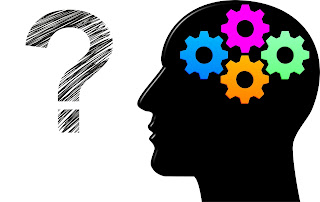 |
| image source |
Professional Development. It's a very interesting word.
A word that conjures this notion that information, discussion, and practice improves our profession.
Educational PD topics are broad and limitless; usually tied to school improvement goals, established by administrators, or (hopefully) shaped by teacher input. As I approach another school year, no doubt chockfull of PD opportunities, I reflect in this post about my opportunity to design a day of professional development and reflection.
In Module 6, I developed a full-day PD opportunity designed around the Edcamp model which
- allows educators to take charge of their own PD and attend sessions that most pertain to their needs or goals
- allows educators to collaboratively determine session topics
- encourages educators to facilitate sessions by sharing experiences and conversations, not a planned presentation
 |
| image source |
I’ve attended a few edcamps through conferences I’ve attended and was pleased by the overall outcome. I walked out feeling better educated on topics than if I had attended an individual conference session with one main presenter talking to me. Edcamps are hard to implement if the school climate isn’t receptive to this sort of idea. Some teachers are comfortable being told what to do and where to go. Those teachers sit through sessions and (usually) don’t pay attention but are perfectly content to waste a half-day sitting there. But, there are other colleagues I work with who would like to see more personalized PD that relate to topics in education or technology that we grapple with day after day, year after year. Why not experience PD together and be expert presenters together?
With these ideas in mind, I developed a professional development day for the CTE, Science and Math Departments at my school. The design of the agenda allowed for teacher choice, personal reflection, and small group work that would continue throughout the year during PLC meetings. I was pleased with the outcome and hope to present my ideas to the building administrators at my school.
With these ideas in mind, I developed a professional development day for the CTE, Science and Math Departments at my school. The design of the agenda allowed for teacher choice, personal reflection, and small group work that would continue throughout the year during PLC meetings. I was pleased with the outcome and hope to present my ideas to the building administrators at my school.









